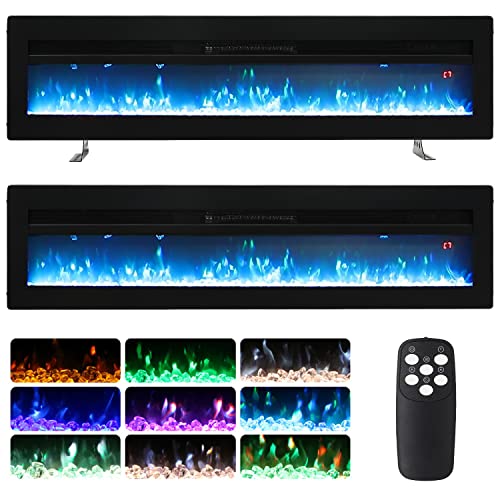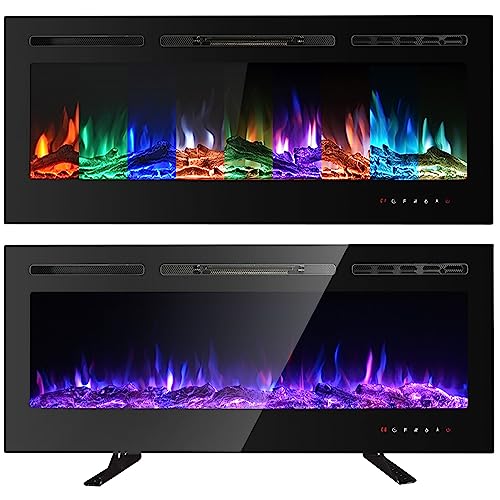10 Things We Love About Small Wood Burning Stove
페이지 정보

본문
 Installing the Very Small Wood Burning Stove
Installing the Very Small Wood Burning StoveWood stoves are increasingly being installed in smaller, less well-insulated homes. These rooms are ideal for the smaller wood-burning stoves. They have significant health benefits.
These stoves are also perfect for yurts. They can be utilized in caravans, shepherd huts, and sheds. It is essential to keep in mind that you must maintain a safe space between the stove and combustible items.
How to set up a small wood stove?
Wood-burning stoves are a great way of heating small spaces without consuming more energy or using petroleum. However, the process of installing cheap wood burning stoves stoves can be a daunting task. To ensure that your stove is set up correctly and safely, you must follow a number of essential steps. Before you begin, make sure you have the right tools and follow all the manufacturer's instructions. You should also consult a professional who is certified.
The first step is to prepare the area in which the stove will be placed. This involves removing combustible material and making the foundation for the hearth. You can then build the hearth and then install the stove. A hearth is a layer of fire-resistant, noncombustible material that shields the floor underneath the stove. It also serves as an solid foundation for the heating tubes made of steel that carry the smoke and odors from the house.
You can either use a pre-made hearth pad or create one from scratch. The pad should be made of concrete or fire-resistant tiles. The pad should be secured to the floor with high-temperature concrete that can be purchased from home improvement stores. Check that the hearth is centered above the stove, and that it is in compliance with the requirements for side clearance.
The next step is to decide which type of chimney pipe to choose. Choose between black single-wall pipe or double-wall stove pipe (opens in a new tab). The choice will be determined by the distance required between your stove and combustible surfaces. The distance you should choose to use is in accordance with the guidelines of the manufacturer and local building code.
If you are unable to locate your stove within the recommended distance, you can install a heat shield to lower the clearance required. However, you should consult with your local insurance company and fire department to determine if this is permitted.
Another option is to install an fan that blasts the hot air out of the room. This can help the stove to heat the space more evenly. You can then move furniture closer to the stove, and enjoy a cozy fire. Be sure to burn only dry, seasoned wood heater stove in your stove. If you don't the ash is hazardous to your family.
Space requirements
Wood stoves are a common choice for a lot of people, however they need to be considered in terms of the space they will require. The amount of space you'll need around your stove depends on the size of the space and the power output of your stove. If you don't have enough room for a stove, you might want to consider other sources of heating.
The space requirements for a small wood stove can differ from one manufacturer the next, but as a general rule, you must leave a distance of at least two feet between the stove and any combustible material. Also, you should consider combustible ceilings and walls. You should also consult your insurance company to see what requirements they have for the stove.
You can cut down on the space needed for a small wood-burning stove by using an exhaust system that comes with an flue tube that is an insulated one. This will decrease the amount of space you'll need to leave around the stove, and it will also help prevent smoke from leaking into the room. Check the manufacturer's guidelines prior to selecting a venting option for your stove's small size.
You can also put in an energy shield to reduce the distance between your stove and the combustible surfaces. These shields can be purchased from the manufacturer and fitted to either the side or the back of the wood stove. You can also opt for a double-walled flue pipe in order to reduce space between your wood stove and combustible material.
An excellent option for a small modern wood burner stove is to install the fireback made of metal. It's available at your local hardware store. It's a great method to protect your walls from the damage caused by fire. A fireback can prevent hot embers from crashing onto your furniture or floor, and it can aid in eliminating the need for a chimney cap.
A small wood burning stove is a great choice for smaller apartments and homes. This stove offers efficient heating at a less cost than other alternatives. Wood is also a renewable fuel source and is readily accessible locally.
Flue system
Flue systems act as a conduit, transporting gasses and Very Small Wood Burning Stove smoke from the stove outside your home. Without a flue, these gases can build up in the room, posing the risk of health. They could also trigger a dangerous draft.
Choose a flue that is compatible with the dimensions and power output of your stove. Ideally, the flue pipe will be at least 25 percent larger than the stove itself to ensure it has enough space for proper draft development and smoke passage. The flue system should also be properly constructed and insulated. A flue pipe that is well-insulated will stop heat loss and help keep the temperature within the stove at a minimum, which improves efficiency.
When choosing a flue system, you must also consider the location of your small wood burner wood stove. If you are planning to make use of your stove in an RV or mobile home, choose one that can be removed easily when the unit is moved. If you plan to install your stove in a home that is permanently occupied, you should choose an internal system. In this case, your flue pipe would be routed through both the ceiling as well as wall of your house. Alternately, you can install an external twin-wall flue system. These systems are easy to install and require minimal disruption to your home's interior.
Although you might be tempted to fit your tiny wood burning stove with a chimney that has been pre-fabricated but this is not recommended. This option can be costly and potentially dangerous if not done correctly. A better option is to install a flexi flue liner. They are available in a variety of sizes and grades, and can be cut according to your stove's size. The grade of the flue liner you choose for your stove will determine how the gases and smoke are drawn through the chimney.
When fitting an air-tight flue system, it is essential to adhere to UK building regulations. These regulations outline requirements such as the distance from combustibles, the way the flue system is routed, and the hearth size. It is also crucial to install a CO detector in the room where the stove will be situated. This device will alert you when it detects high levels of this odourless and poisonous gas.
Safety precautions
Wood stoves are a common type of heating for homes, but they can also be fire hazards if they're not properly installed or operated. In reality, more than 4,000 home fires are caused each year by wood stoves that have not been operating or installed according to the guidelines of the manufacturer. Fortunately, these fires can be prevented by following simple safety precautions. This includes proper venting, avoiding burning garbage and paper on the stove, and keeping children and pets far away from the fireplace or wood stove.
A wood stove must be vented via a metal chimney that extends at least one millimeter above the roof of the home. It should not be connected to a flue that is utilized by other appliances like furnace or boiler which could cause dangerous carbon monoxide to leak into your home. Additionally, the chimney should be inspected regularly to prevent the buildup of creosote and other dangerous conditions.
The stove should be placed at least three metres away from walls and furniture to prevent accumulation of smoke and heat. The stove should also be placed on a nonflammable surface. A professional mason should check the chimney and wood stove on a regular schedule to ensure the chimney is clear of obstructions.
It is essential to only use dried, seasoned wood burning stove for shed for your wood stove. Greenwood that is wet will take longer to burn and creates more smoke. It can also cause the room to be filled with toxic toxins and smoke inhalation.
It is crucial to only add small amounts at a time of dry, seasoned dry wood whenever you start the fire. Placing too much wood in the stove can lead to overheating and cause a chimney fire. Additionally trash and paper shouldn't be burned in a wood stove as they can emit toxic fumes.
 It is a great idea to test a stove's operation prior to winter. Burn two or three small pieces seasoned wood for a few minutes. This will show any significant creosote buildup or other obstructions in the chimney.
It is a great idea to test a stove's operation prior to winter. Burn two or three small pieces seasoned wood for a few minutes. This will show any significant creosote buildup or other obstructions in the chimney.- 이전글Why We Why We Fireplace On Wall (And You Should Also!) 25.02.18
- 다음글Five Killer Quora Answers On Upvc Door Lock Repair Near Me 25.02.18
댓글목록
등록된 댓글이 없습니다.